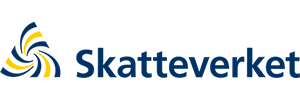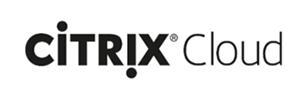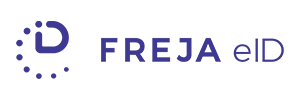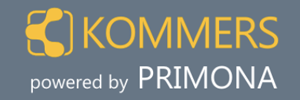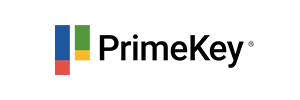
USE-CASE
Reports and analytics
Enhancing security in your organisation starts with controlling authentication processes, applying multi-factor authentication (MFA), and using familiar, user-friendly methods. However, without tracking and analysing authentication patterns, you can't fully access your security level.

Problem
Control and analyze your authentication processes for enhanced security
To enhance security, you and your organisation should gain control over your authentication processes. Ensure to apply multi-factor authentication (MFA) where applicable and offer user-friendly authentication methods that the target audience is already familiar with or being trained on. This will certainly make your organisation more secure. However, do you follow up on patterns and statistics of authentications?
For example, if you offer more than one way of authenticating – let's say using OTPs via mail as well as an option to use an e-ID – do you know what proportion of all logins actually use the less secure OTP method? Is it 5%, 25%, or 75%? Without these insights, you won't have the information on your current level of security. Instead, decisions on whether you are secure enough will be based on gut feelings or poorly supported statistics.
Answer
Accurate authentication statistics and detailed analysis
PhenixID Authentication supports data gathering, analytics, and reporting to help you gain the most accurate statistics of how authentication is used in your environment. This will help you answer the question, “What authentication methods are actually used among our users, and how are they distributed?”
Moreover, drill-downs on specific systems, types of users, time of day, etc., will give you an even more precise picture of the current security state. For example, your overall distribution of authentication methods might show that 95% of the logins are performed with some kind of MFA, while the remaining 5% use the less secure username and password. For the organization as a whole, these might be numbers that reach the expected value. However, by drilling down on the statistics, you might find that authentication for the most commonly used service has a 99/1 distribution in favor of MFA, while authentications on another less used service are performed using username/password in more than half of the cases. This information could trigger actions to understand why authentication on this specific service is not using MFA as much and, in the end, take steps to increase it.


Results
Comprehensive Reporting and Analytics for Enhanced Security
Reports and analytics in PhenixID Authentication offer detailed insights and statistics on how authentication is performed by your users. This information is compiled in an easy-to-understand, web-based interface, helping system administrators spread knowledge of the current situation to ensure that decision-makers have the full picture.
Information on what methods are used for authentication and which systems are being accessed, as well as trends and historical data to verify that actions to improve security have turned out as expected, will help your organization to be more proactive and increase your security.










